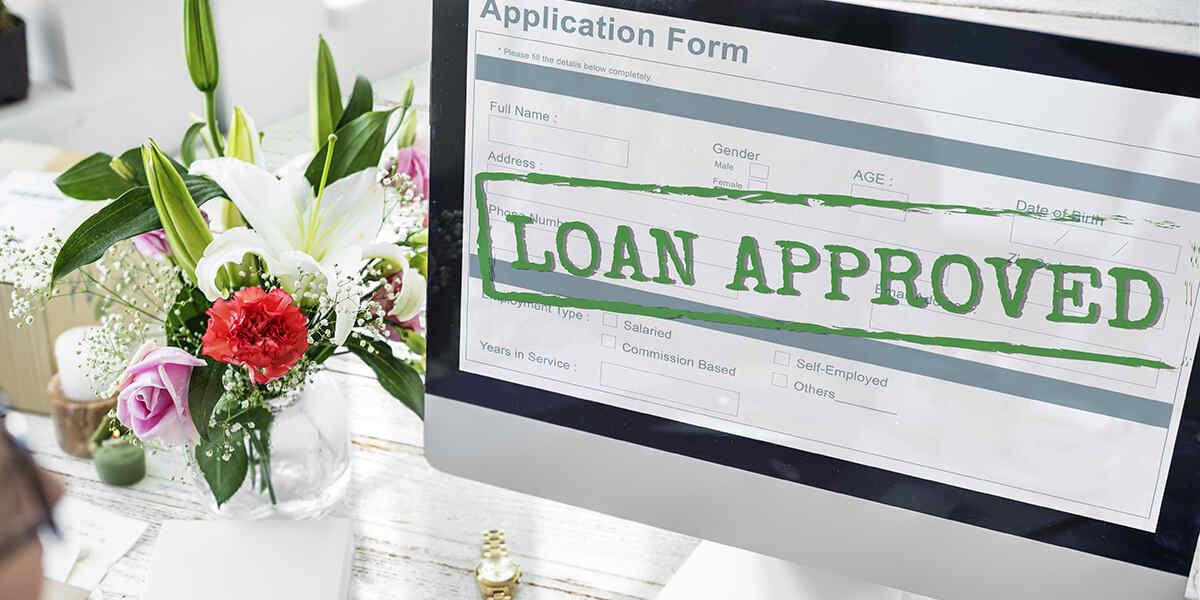Have you ever thought about using the value of your home to get extra money for important expenses?
In Texas, homeowners can get home equity loans based on the equity in their property. This is helpful for home improvements, medical bills, or consolidating debt. Let’s see how these loans work in Texas and how you can take advantage of them.
Understanding Home Equity Loans
Types of Home Equity Loans
Different types of home equity loans available to homeowners in Texas are:
- Traditional home equity loans
- Home equity lines of credit (HELOC)
- Cash-out refinances
Traditional home equity loans offer a lump sum payment with fixed interest rates. HELOCs provide flexibility by allowing access to funds over time. Cash-out refinances enable borrowers to access cash and potentially lower interest rates by refinancing their existing mortgage.
Homeowners in Texas should consider factors like borrowing needs, interest rate preferences, and repayment capabilities when choosing between a traditional home equity loan and a cash-out refinance. It is important to evaluate the terms, costs, and risks of each loan option before making a decision.
Consulting with a loan officer or comparing offers from different lenders can help homeowners in Texas find a cost-effective and affordable loan that aligns with their financial goals.
What to Expect During the Application Process
Applying for a home equity loan in Texas involves providing documentation like credit scores, home appraisal value, employment history, income details, existing mortgage information, and desired loan terms to lenders.
The process includes filling out an application, signing disclosures, and closing the loan, which usually takes a few weeks. Approval depends on creditworthiness, debt-to-income ratio, loan-to-value ratio, financial stability, property value, and loan purposes like home improvements or tuition.
Lenders in Texas offer fixed or variable interest rates, competitive terms, and low closing costs for affordable borrowing.
Borrowers should compare lenders to find the best loan option for their needs.
Home Equity Loan vs. HELOC: Choosing the Right Option
When thinking about a home equity loan or a Home Equity Line of Credit in Texas, homeowners should know the main differences between these two options.
- A home equity loan gives a lump sum payment upfront. It usually has a fixed interest rate and set monthly payments, making it ideal for those who need a large amount of cash at once.
- On the other hand, a HELOC provides access to funds over time. Homeowners can borrow small amounts as needed, with variable interest rates based on the outstanding balance.
To choose between these options, Texas homeowners should consider factors such as:
- The purpose of the loan
- The total amount needed
- The desired repayment term
- The willingness to take on a second mortgage or use their home as collateral.
It is important to understand the risks, costs, and benefits associated with each option when making a decision.
Exploring Cash-Out Refinances
When thinking about cash-out refinances in Texas, homeowners might find it beneficial to access funds at a lower interest rate than other home equity loan options.
Cash-out refinancing means replacing an existing mortgage with a new loan for a higher amount. This allows homeowners to borrow against the equity in their property.
The application process for a cash-out refinance is different from traditional home equity loans. It involves an appraisal of the property to determine its current value and the available equity for borrowing.
Homeowners should think about factors like the total loan amount, interest rates, repayment terms, and risks related to a second mortgage before deciding on a cash-out refinance. They should compare offers from different lenders to find a cost-effective solution that aligns with their financial needs and goals.
Comparing Interest Rates for Texas Homeowners
When comparing interest rates for home loans in Texas, homeowners should consider:
- The type of loan (home equity loan or HELOC)
- The terms of the loan (fixed or variable rate)
- The lender’s reputation.
Interest rates for home loans in Texas can vary between different lenders and loan types. For example:
- Home equity loans may offer fixed interest rates
- HELOCs provide variable rates
Some lenders may offer discounts or incentives for Texas homeowners, like minimal closing costs or prepayment penalties.
Texas homeowners can find cost-effective options by researching various lenders and loan products. By comparing rates, terms, and fees, borrowers can secure an affordable loan for their financial needs. The RBFCU, national bank, or alternate websites may offer valuable resources for Texas homeowners seeking loan options with competitive interest rates.
Building Home Equity in Texas
Texas homeowners have options to build equity in their homes. They can use tools like home equity loans, cash-out refinances, or HELOCs. These tools let them borrow against their property’s equity at good interest rates.
To increase equity, homeowners can make regular mortgage payments, invest in home improvements, and keep a low combined loan-to-value ratio. Homeowners in Texas need to understand their home equity loan requirements. These include limitations on primary residences and appraised property value.
Strategies like checking credit scores, reducing debt-to-income ratios, and exploring different lenders can help Texas homeowners get cost-effective home equity loans. They can also aim for minimal closing costs and favorable terms.
By using their home equity wisely, Texas homeowners can achieve financial stability. They can access funds for needs like education expenses or home renovations.
Texas’s Home Equity Loan Requirements
To meet Texas’s home equity loan requirements, borrowers need to provide documentation. This includes their credit score, home appraisal value, employment history, income, mortgage details, and desired loan terms to potential lenders.
A borrower’s credit score is important in determining their eligibility for a home equity loan in Texas.
Specific regulations and restrictions apply to Texas homeowners seeking a home equity loan. This includes limits on the amount borrowed based on the home’s appraised value, restrictions on multiple loans, and guidelines on primary residences.
It’s important for borrowers to understand these requirements to successfully navigate the home equity loan process in Texas.
Homeowners should also understand fixed and variable interest rates, closing costs, potential risks, and repayment terms associated with home equity loans. This knowledge can help them make informed decisions when choosing a lender for their financial needs.
Starting Your Application
When applying for a home equity loan in Texas, gather important documents such as:
- Credit score
- Home appraisal value
- Employment history
- Income details
- Current mortgage information
- Desired loan terms
These documents will be needed by the lender to assess your financial situation and determine your eligibility for the loan.
Before you start the application process, understand specific eligibility requirements in Texas, such as:
- Maximum loan amount is 80% of your home’s appraised value
- Restrictions on multiple loans
- Limitations on primary residences
Knowing these criteria can help you figure out if you qualify for a home equity loan in the state.
To increase your chances of loan approval, focus on factors that can have a positive impact. This includes:
- Maintaining a good credit score
- Checking your credit report for accuracy
- Having a stable income source
- Keeping your debt-to-income ratio low
By getting your financial documents ready, or hiring a professional mortgage broker like Champions Mortgage to get a better understanding of the eligibility requirements, and improving your financial situation, you can boost your chances of securing an affordable home equity loan in Texas.
FAQ
What are accessible home equity loans in Texas?
Accessible home equity loans in Texas include traditional home equity loans, home equity lines of credit (HELOCs), and reverse mortgages. Some options for obtaining these loans are through banks, credit unions, and online lenders.
How can I qualify for a home equity loan in Texas?
To qualify for a home equity loan in Texas, you typically need a credit score of at least 620, a maximum debt-to-income ratio of 50%, and at least 15-20% equity in your home. You will also need to provide proof of income, employment, and assets.
What are the benefits of getting a home equity loan in Texas?
Some benefits of getting a home equity loan in Texas include potentially lower interest rates compared to other types of loans, the ability to access a large sum of money for major expenses like home renovations or debt consolidation, and the potential tax deduction on the interest paid.
Are there any risks associated with home equity loans in Texas?
Yes, there are risks associated with home equity loans in Texas, including the risk of foreclosure if you do not make timely repayments. Additionally, variable interest rates can lead to higher monthly payments.
How do I compare different home equity loan options in Texas?
To compare different home equity loan options in Texas, consider factors such as interest rates, loan terms, fees, and customer reviews.
It’s always a smart move to seek out guidance from professionals who have expertise in the field. Champions Mortgage is one such expert who can assist you in comparing rates and terms offered by numerous lenders. With their help, you can make an informed decision that meets your financial goals.







